Welcoming Qiu Xiaofei to Hauser & Wirth
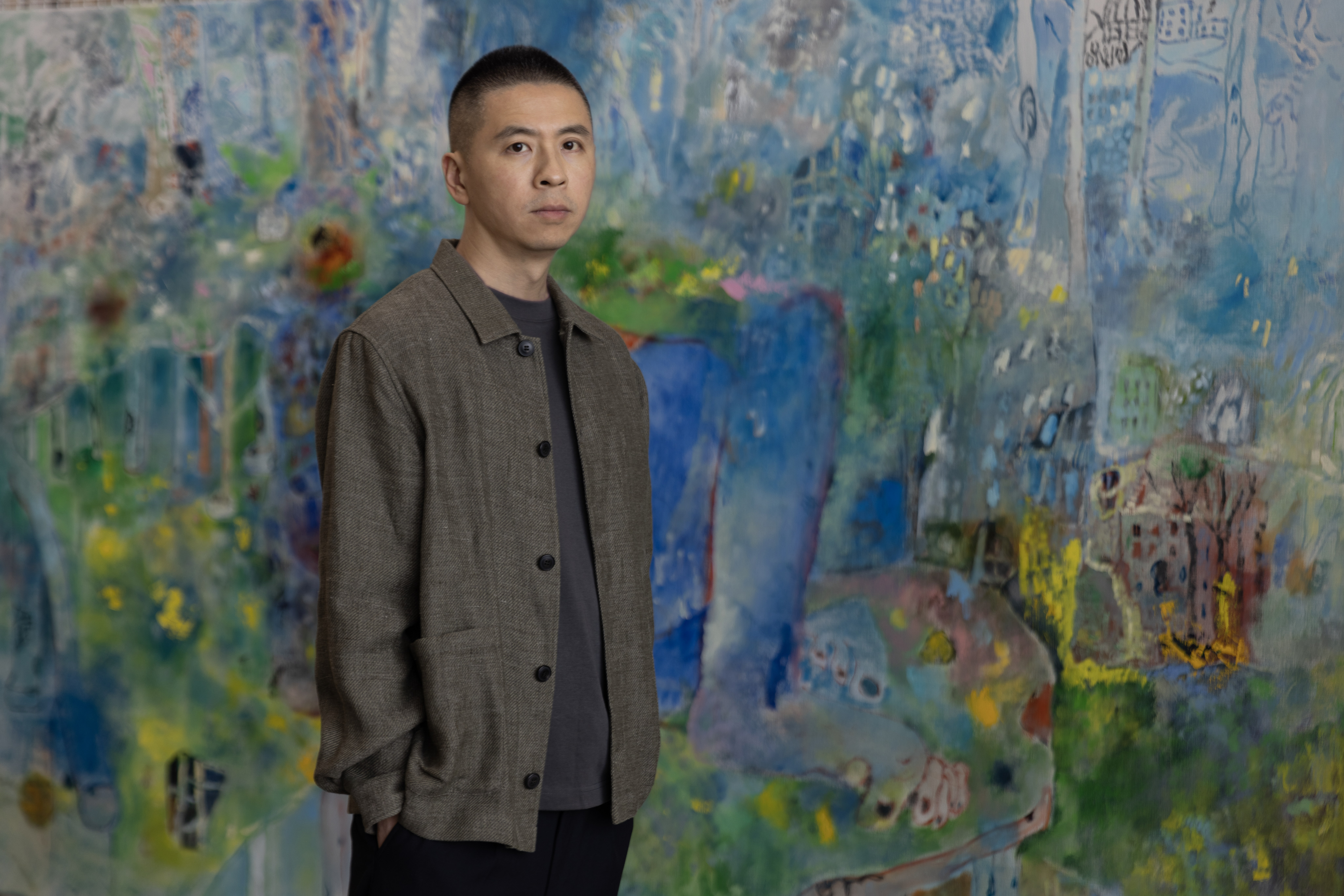
Qiu Xiaofei © Qiu Xiaofei
Welcoming Qiu Xiaofei to Hauser & Wirth
We are honored to announce the representation of Chinese artist Qiu Xiaofei, in collaboration with Brussels-based gallery Xavier Hufkens.
A leading figure of a new generation of Chinese artists, Qiu’s artistic practice encompasses paintings, drawings, installations and sculptures, mining veins of memory, history, time, and the power of spiritual energy. His works are held in permanent collections at such international museums as The Metropolitan Museum of Art in New York, Centre Pompidou in Paris, M+ in Hong Kong and the Singapore Art Museum. Our first exhibition of Qiu Xiaofei’s work will open in February 2026 in Chelsea, New York City.
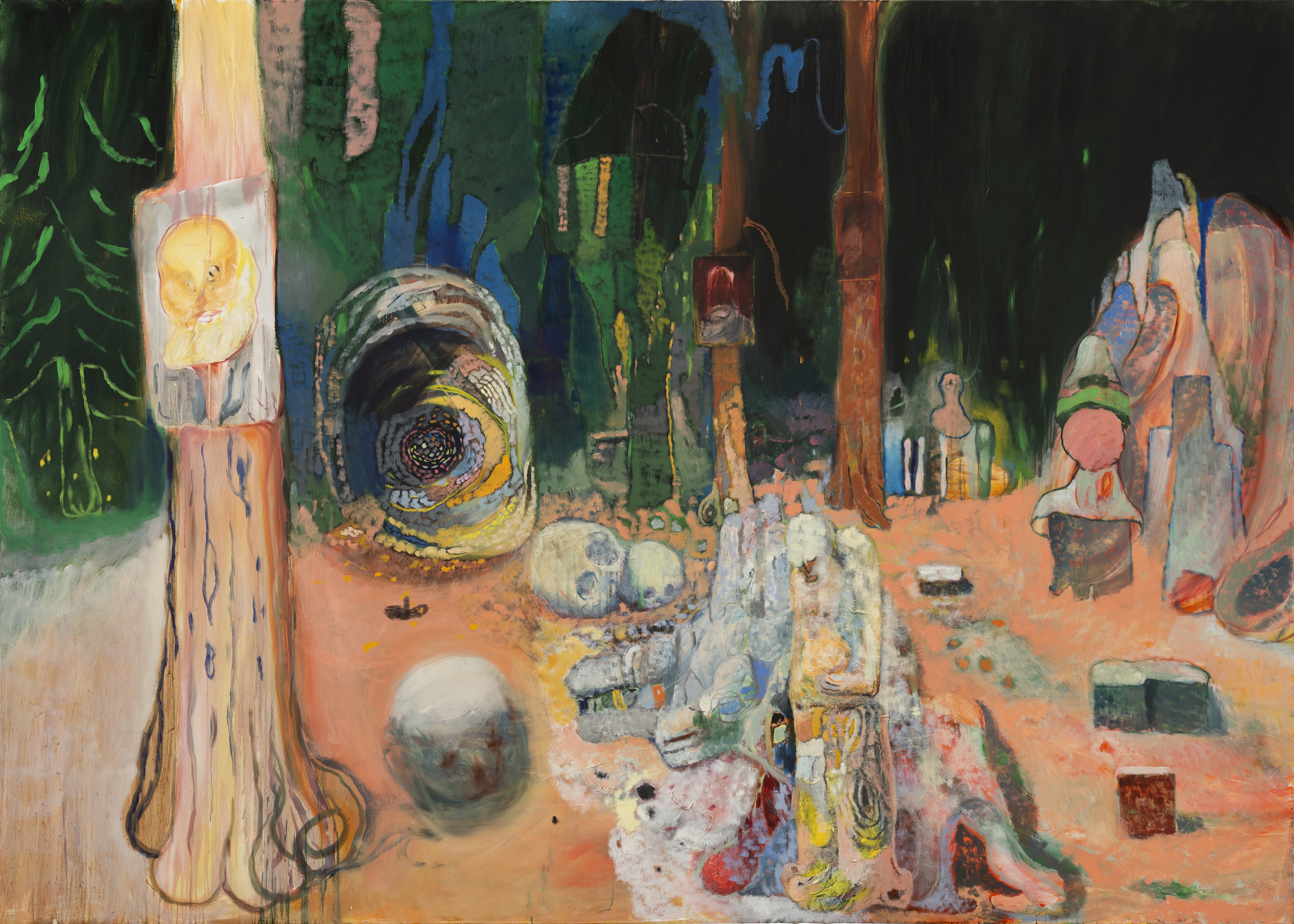
Qiu Xiaofei, Belovezhskaya Forest, 2019 – 2021 © Qiu Xiaofei
Formally free, vibrantly colored and psychologically complex, Qiu’s paintings enmesh Eastern and Western cultural references. For the artist, painting is a process that balances bodily perception with intellectual inquiry, toggling recognizable imagery with unexpected shifts in visual perspective to achieve spiritual discipline that expands the boundaries of cognition. Central to Qiu’s practice is the motif of the spiral, a recurring symbol of a non-linear concept of time in which past, present and future overlap and transform one another. As Qiu explains of his layered psychological landscapes, ‘All my paintings point to the same origin, forming an upward-moving spiral. Every new attempt to include experiences of greater complexity incorporates past solutions.’
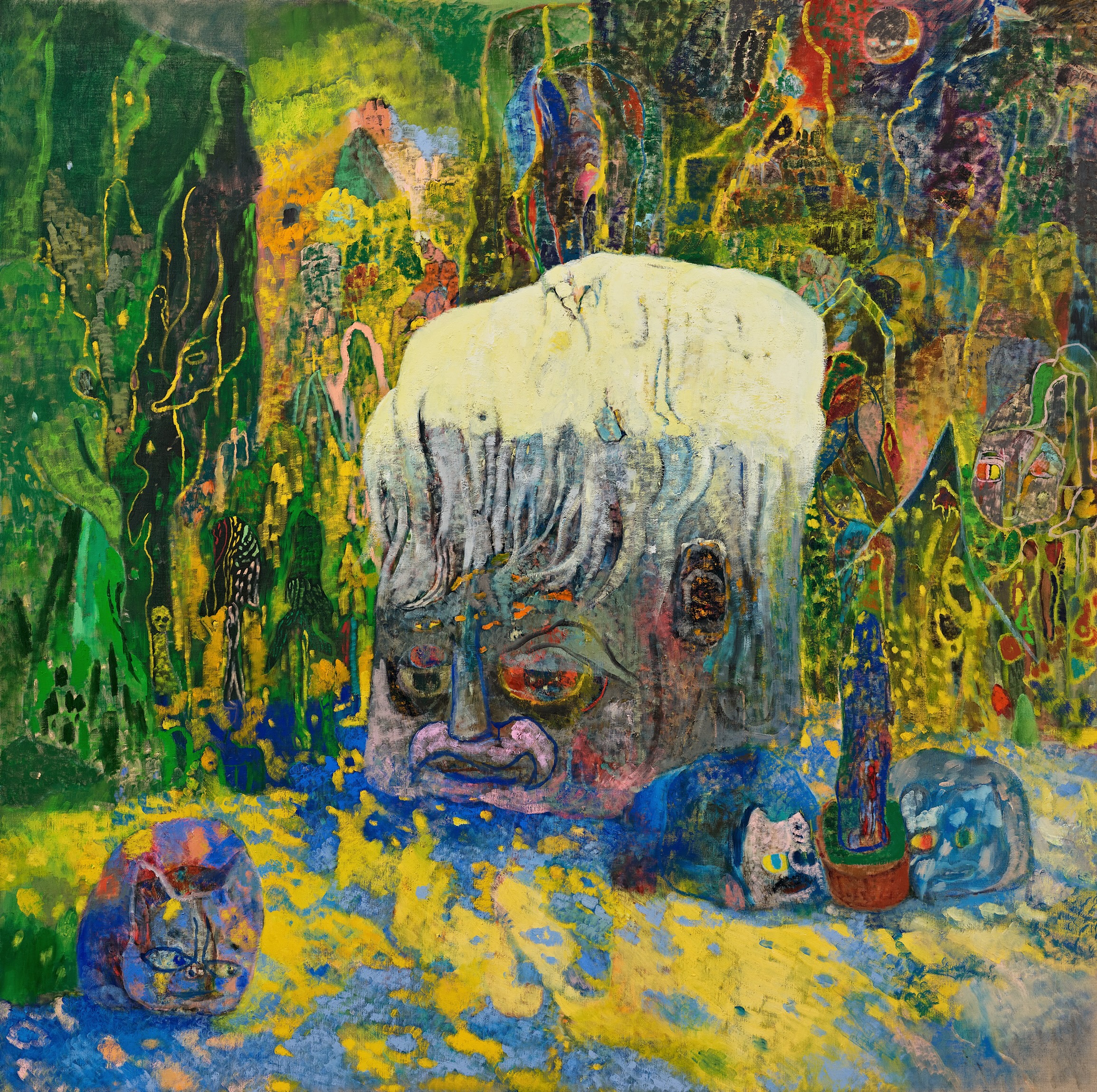
Qiu Xiaofei, Potted Plant in the Forest, 2021 © Qiu Xiaofei
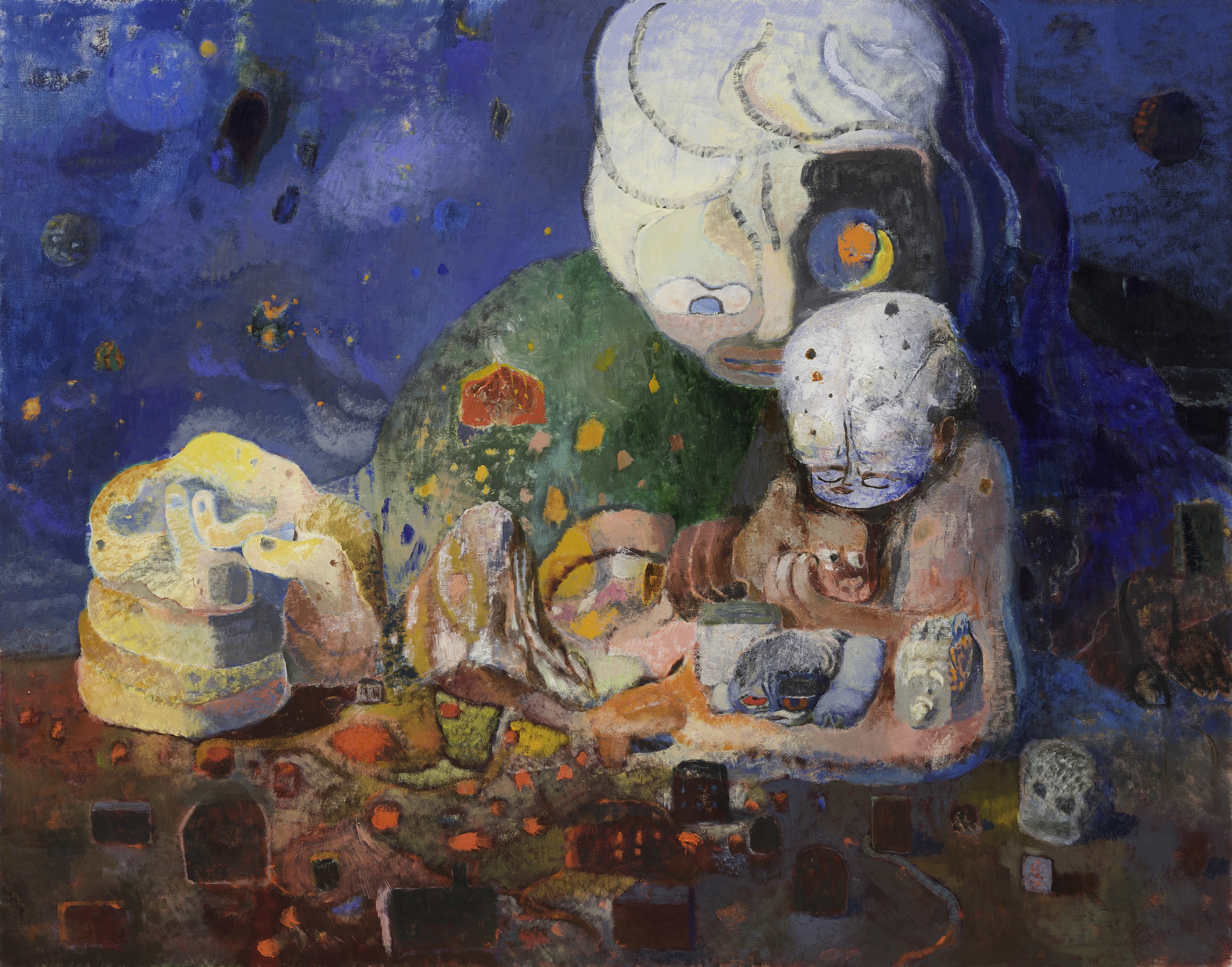
Qiu Xiaofei, Trotskyky Mountain, 2021 © Qiu Xiaofei
In recent years, Qiu has delved further into the realms of psychoanalysis, producing works of increasing narrative and conceptual complexity. His seminal series Belovezhskaya Forest (2019–2021) interweaves deconstructed historical figures with family memories in dreamlike compositions where public and private, history and fantasy merge in reflections on cycles of violence, belief and transformation.
Marc Payot, President of Hauser & Wirth, said: ‘By standing in the very center of this contemporary moment while also carrying forward cherished traditions of art history, Qiu Xiaofei’s work achieves a very special and broad cultural relevance. He invites us into his world, where opposing elements—memory and prescience, reality and fantasy, East and West—fold into one another in ways that make us ponder where we, ourselves, fit in this vast and complicated universe. It’s an honor and a pleasure to be able to work with Qiu alongside Xavier Hufkens, our great friend and colleague of longstanding, to advance international awareness of the artist’s powerful work.’
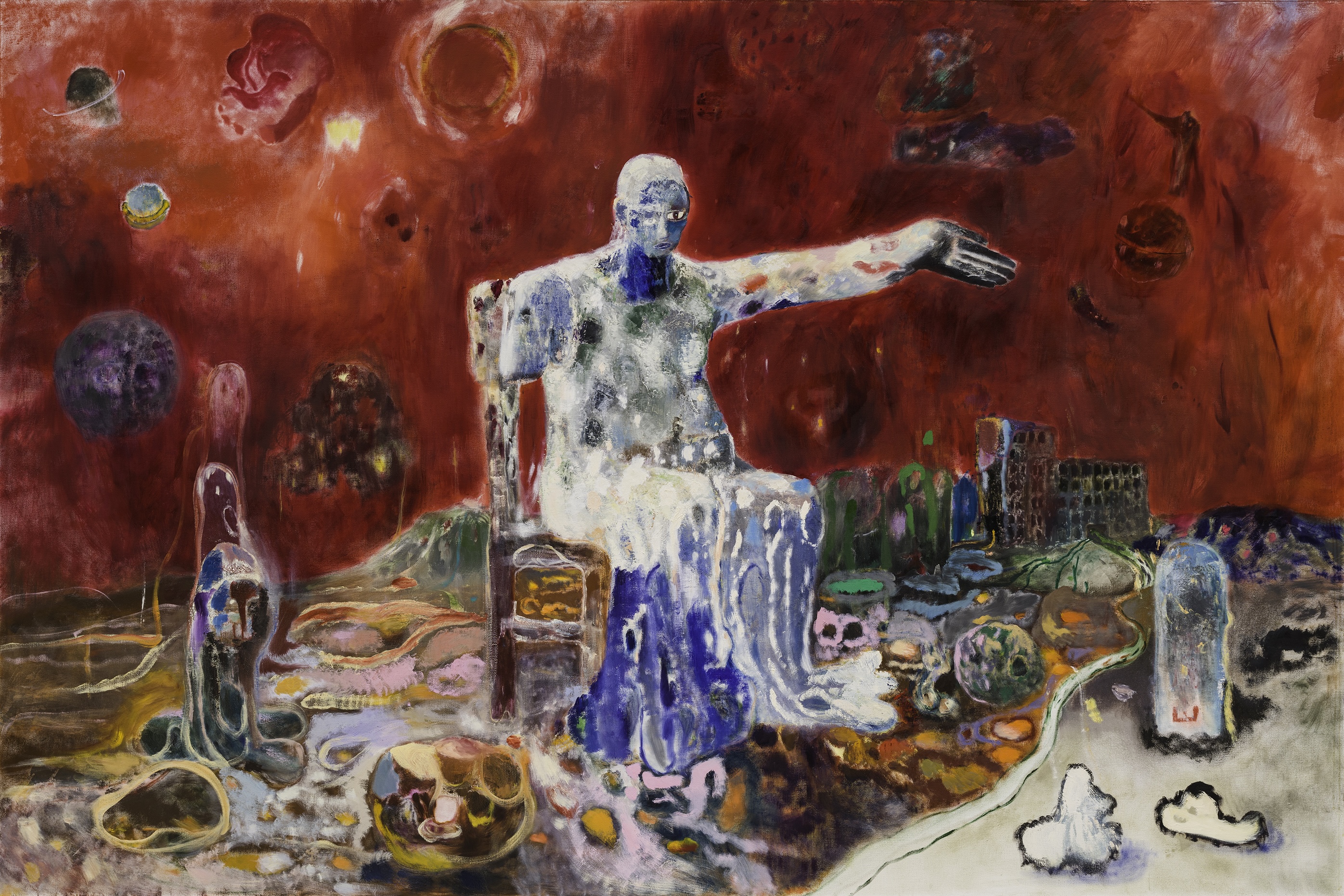
Qiu Xiaofei, Red, 2020 © Qiu Xiaofei
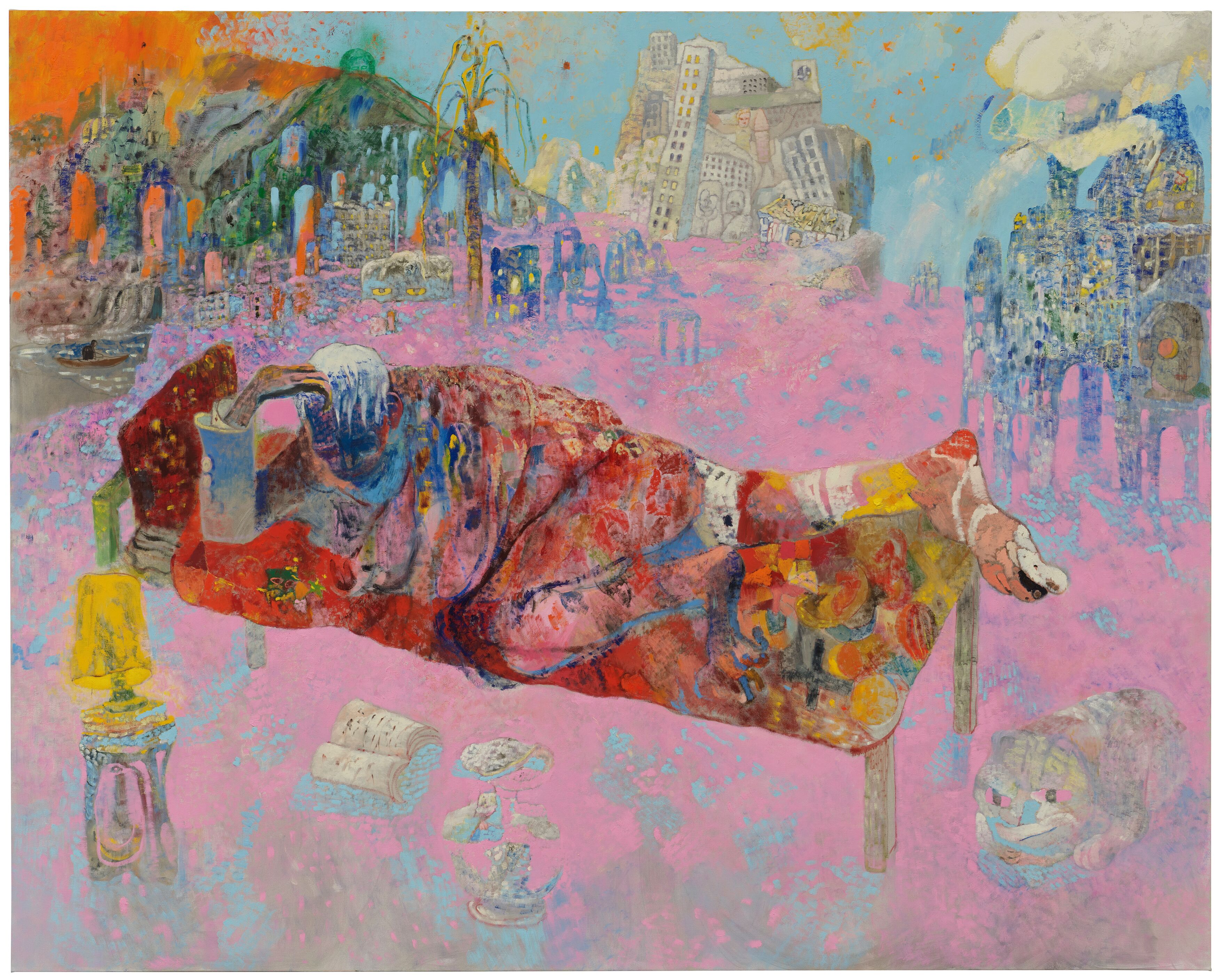
Qiu Xiaofei, A Pillow for Eating Dreams, 2023 – 2024 © Qiu Xiaofei
About the Artist
Qiu Xiaofei (b. 1977, Harbin, China) lives and works in Beijing. He graduated from Central Academy of Fine Arts, Beijing, in 2002 and came to prominence in the early 2000s as part of a new generation of artists shaping China’s contemporary art scene.
Qiu’s artistic practice is deeply rooted in personal family memories and his complex attachment to his hometown of Harbin. These regional experiences are represented on his canvases as composite spaces of abandoned architecture and natural landscapes, appearing like theatrical backdrops that serve as the core vehicle of his aesthetics. After years of refining his formal language, his focus shifted toward probing the irrational forces within the human psyche: madness, hallucination and other non-rational impulses. Through the medium of painting, he renders his perceptions of contemporary states of mind, while continually negotiating binary oppositions such as growth and death, brilliance and cruelty. His works thus operate as a ceaseless mechanism of transformation between reality and imagination, seeking to unearth the undercurrents that lie beneath everyday appearances.
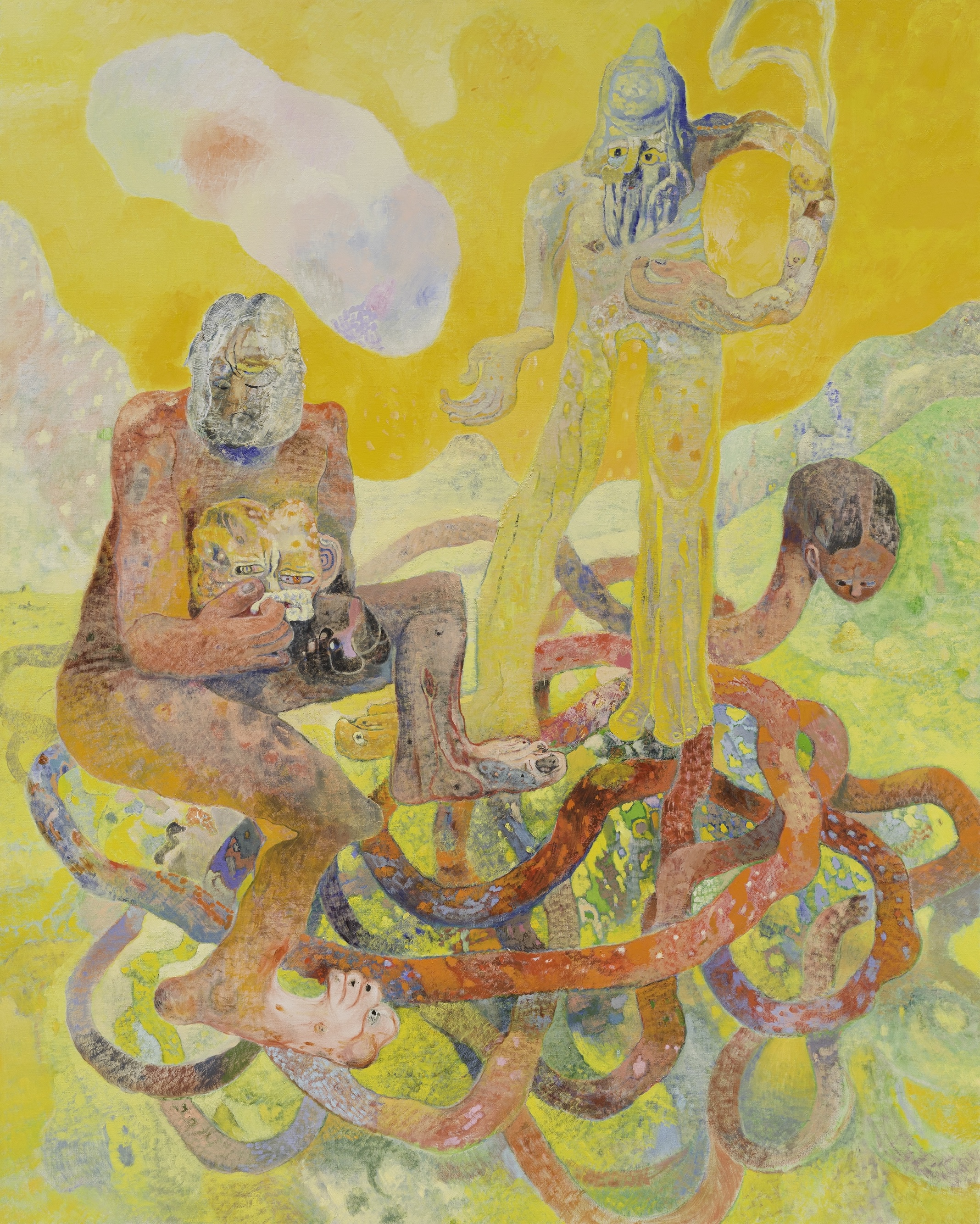
Qiu Xiaofei, Soviet Emissary, 2020 - 2021 © Qiu Xiaofei
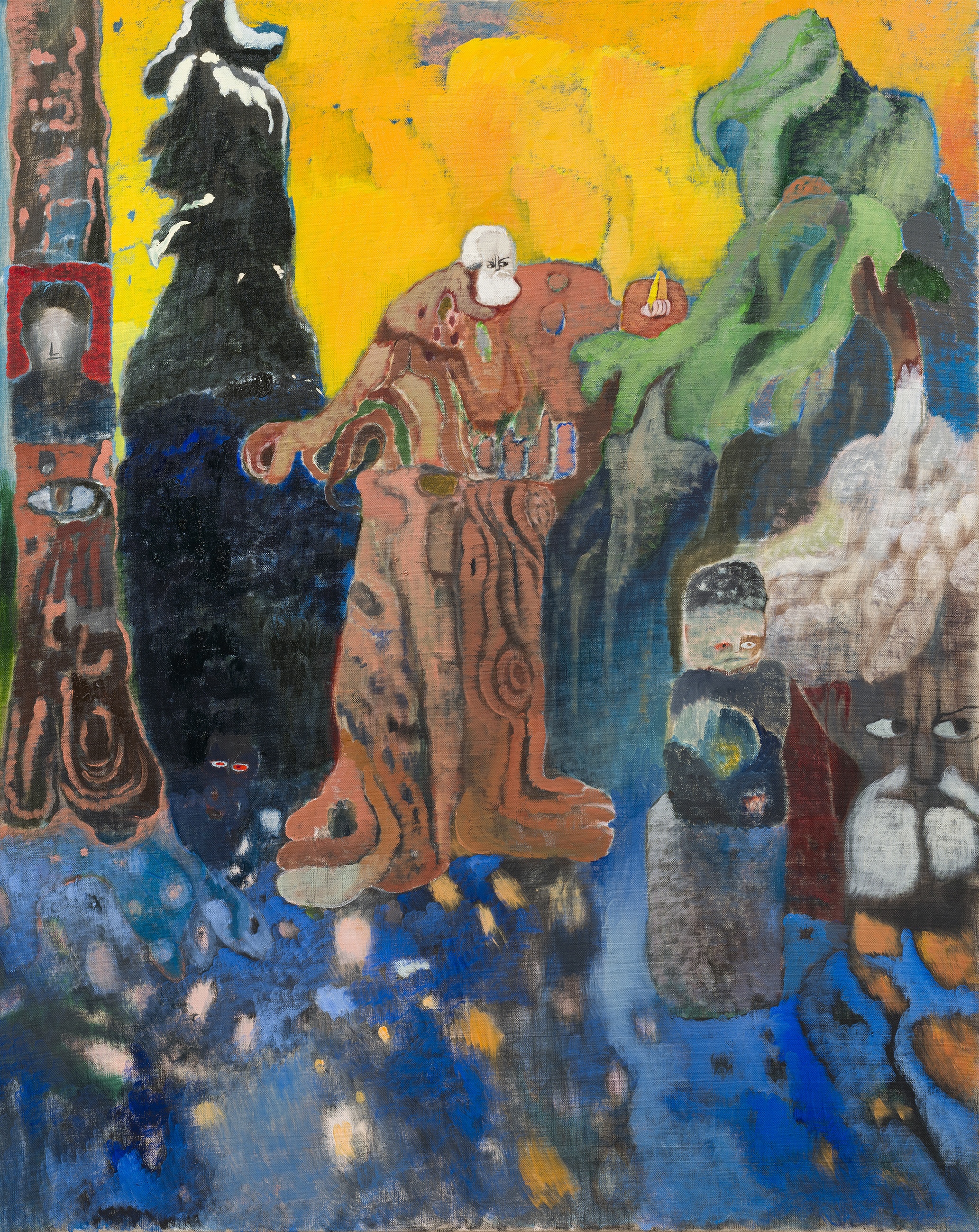
Qiu Xiaofei, Ranger, 2021 © Qiu Xiaofei
His work has been featured in major exhibitions internationally, including at The Metropolitan Museum of Art, New York NY (2025); Centre Pompidou, Paris, France (2024); M+, Hong Kong (2023); UCCA Edge, Shanghai (2022); He Art Museum, Guangdong (2021); Fort Gansevoort, New York NY (2018); Crystal Bridges Museum of American Art, Bentonville AR (2018); Tampa Museum of Art, FL (2014); Museum Boijmans Van Beuningen, Rotterdam, Netherlands (2014); Ullens Center for Contemporary Art, Beijing (2013); The 10th Havana Biennial, Havana, Cuba (2009); Tate Liverpool, Liverpool, UK (2007); ZKM | Museum of Contemporary Art, Karlsruhe, Germany (2007); and Kunstmuseum Bern, Switzerland (2005).
Related News
1 / 5




